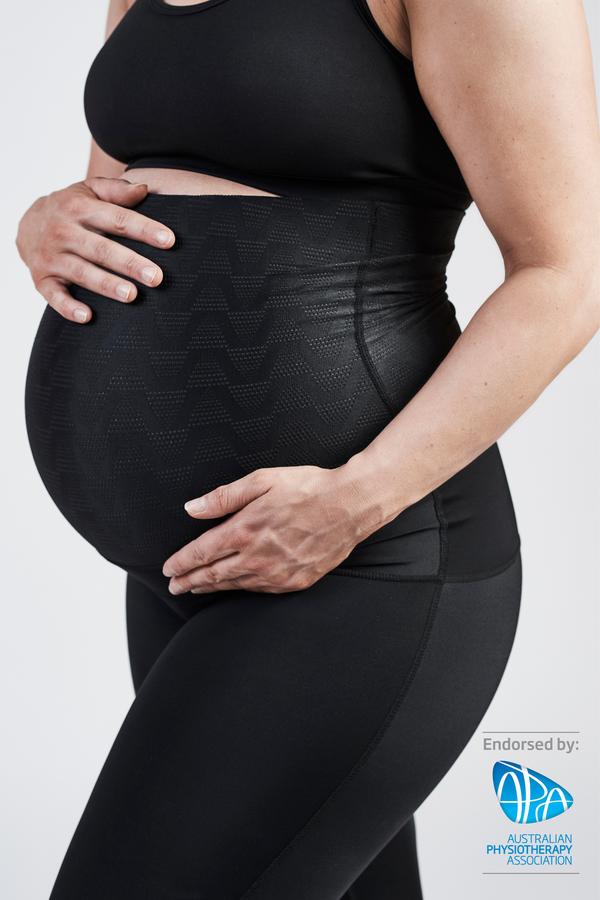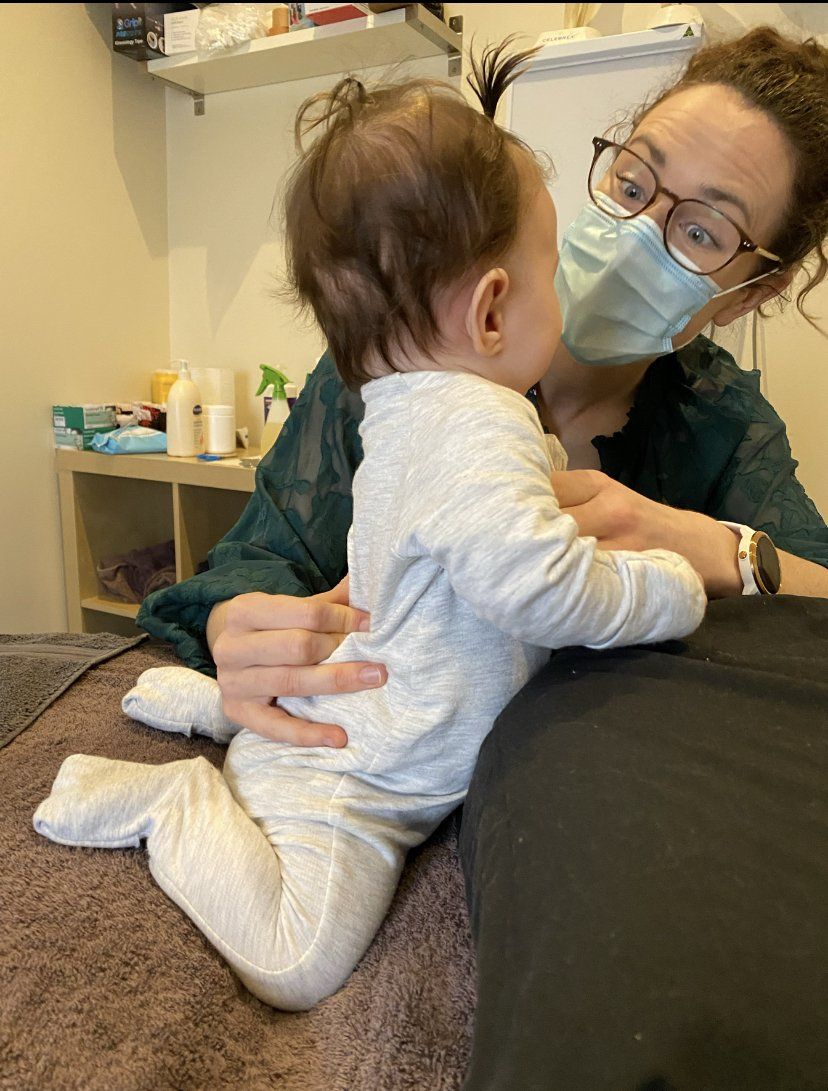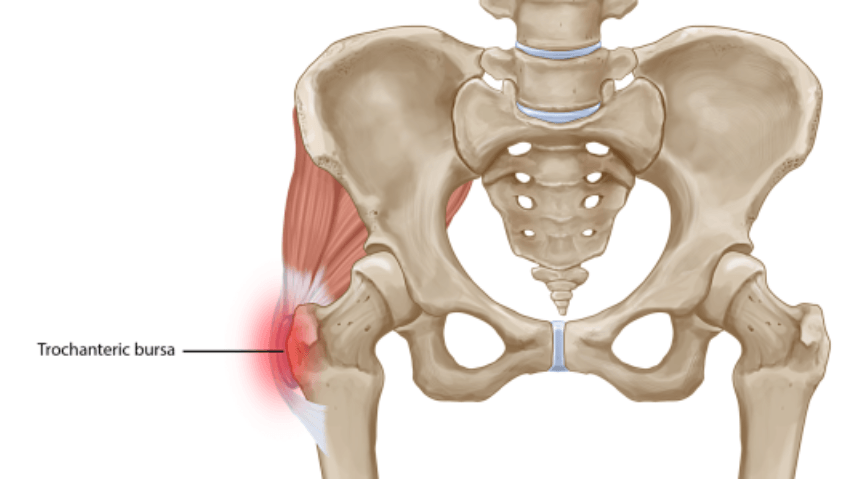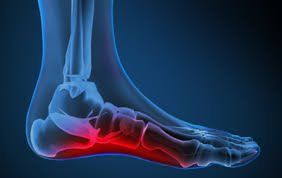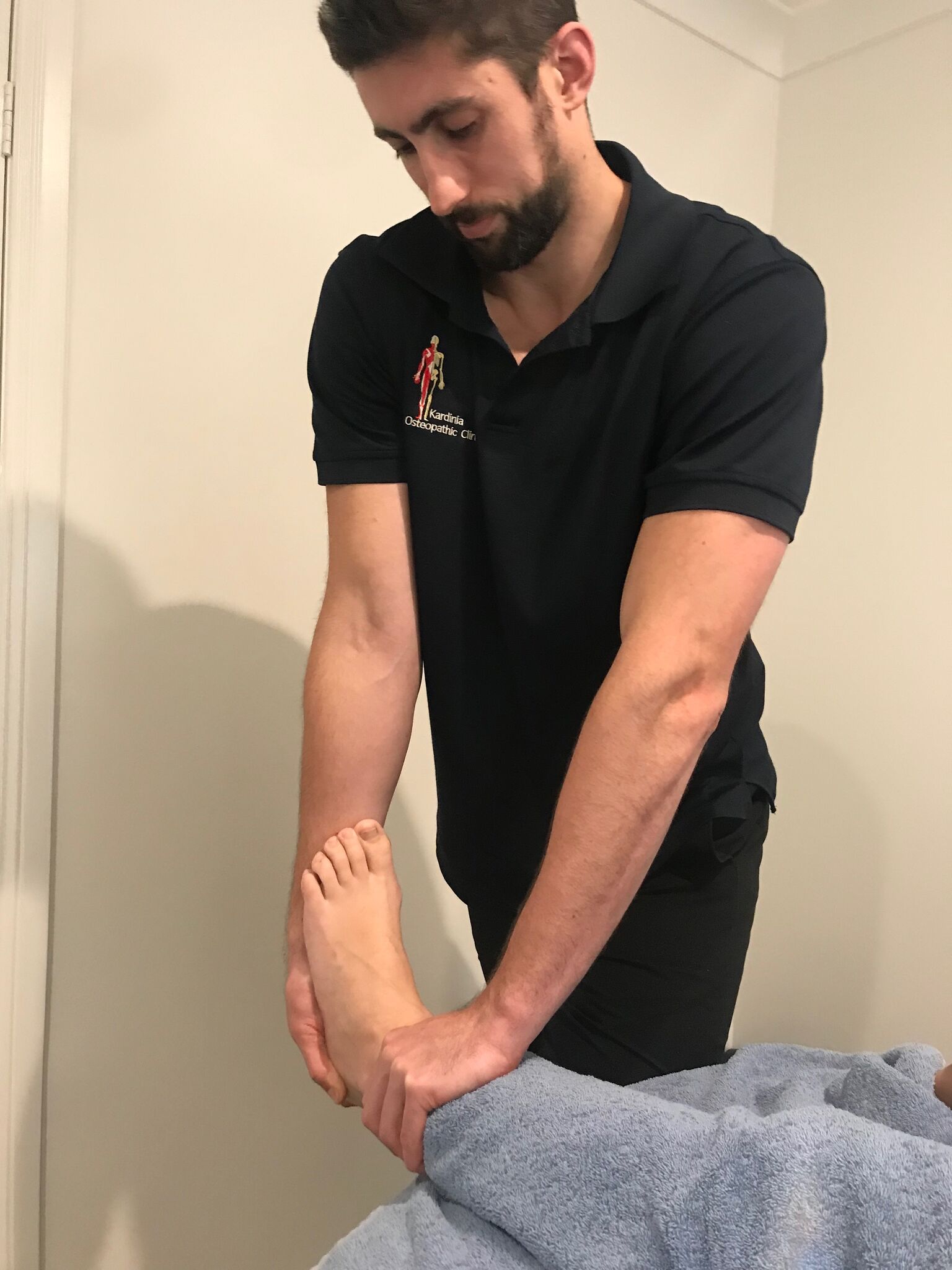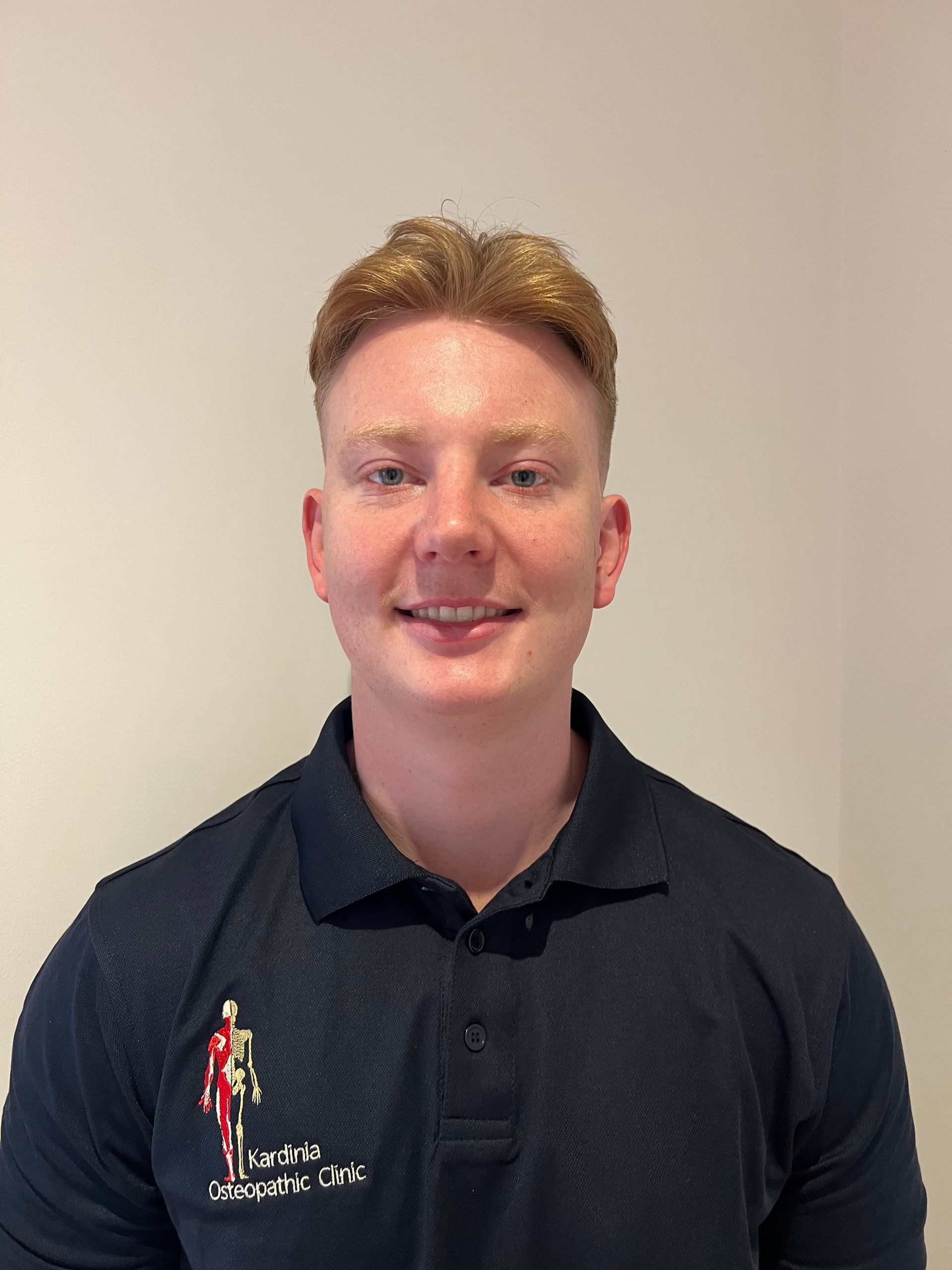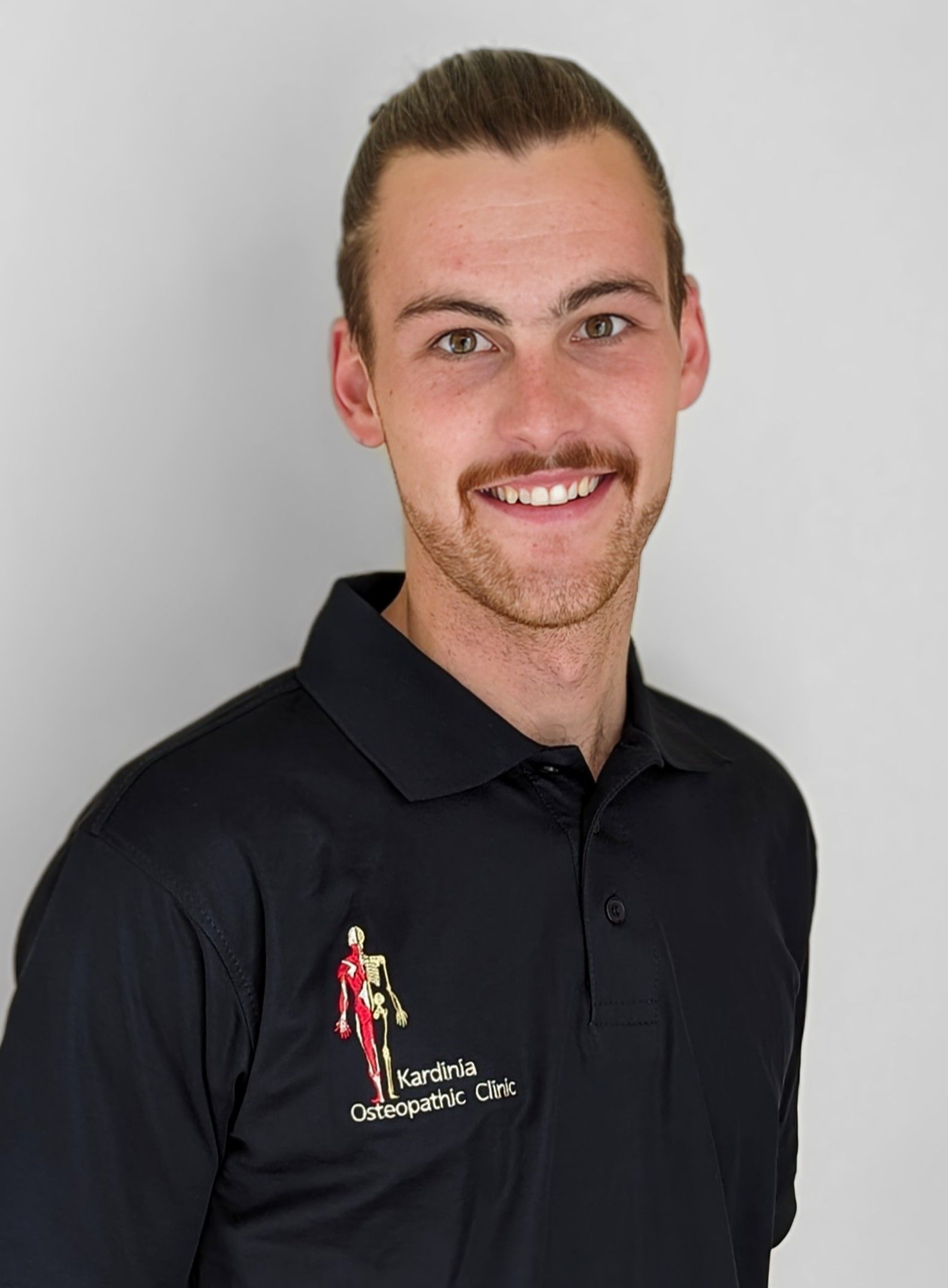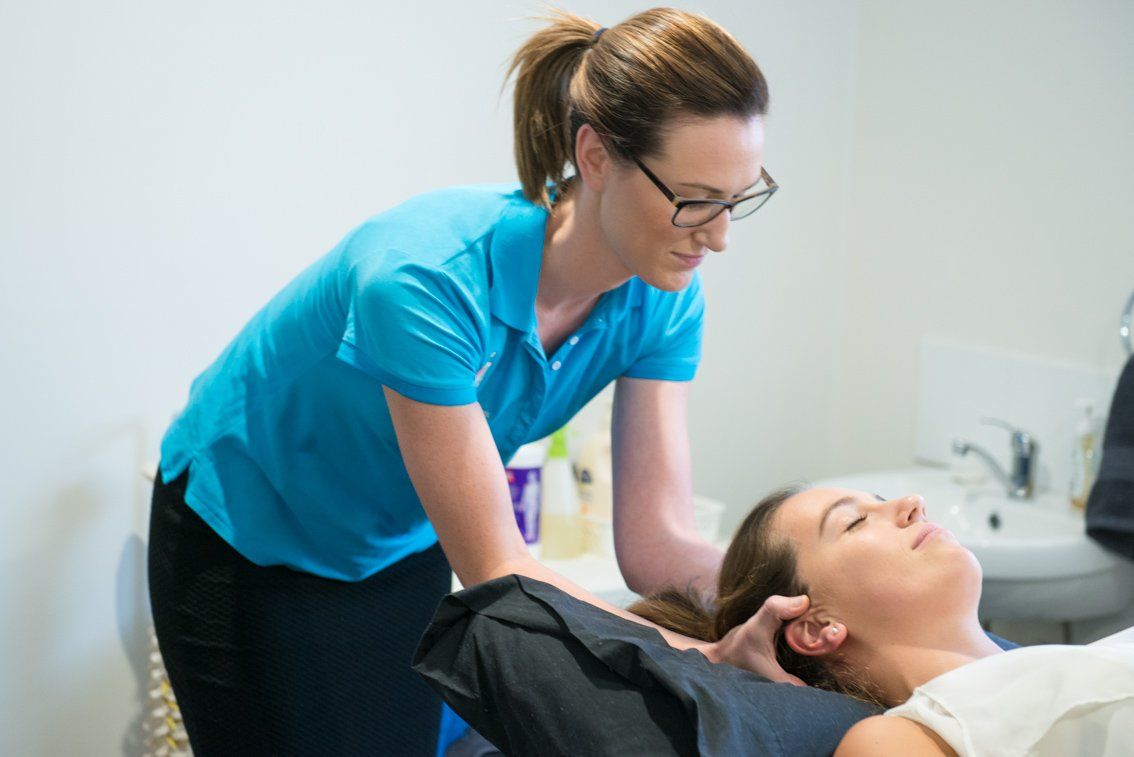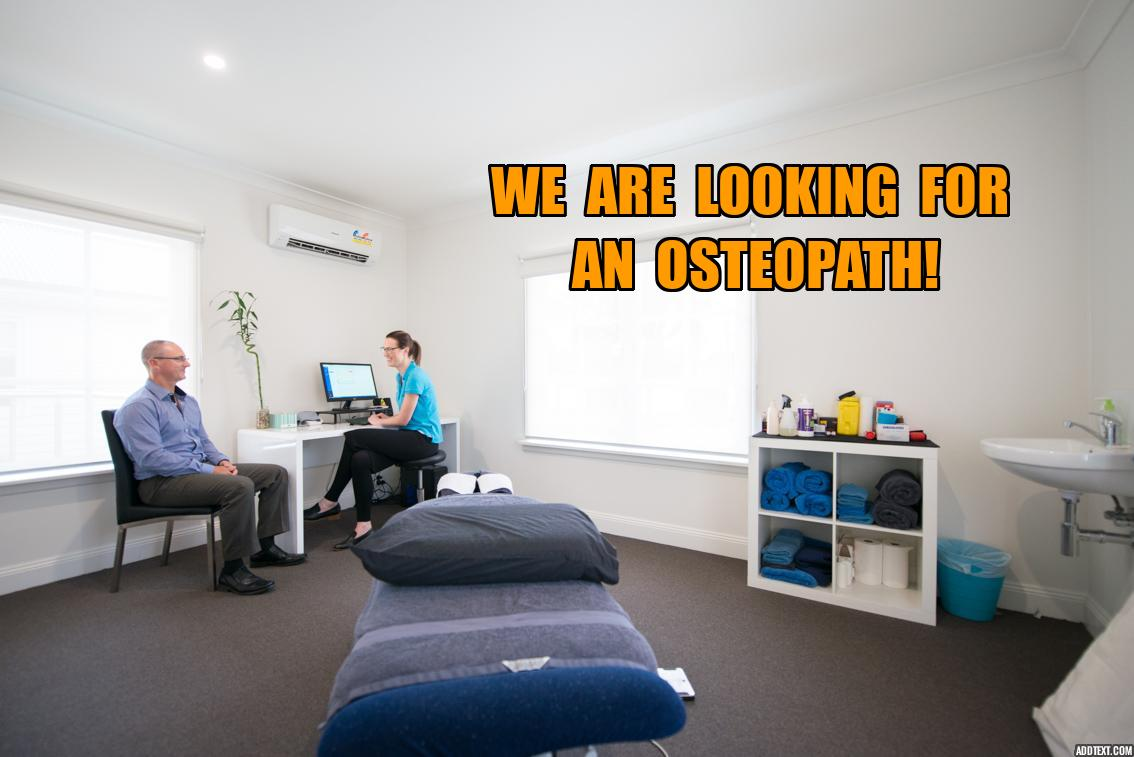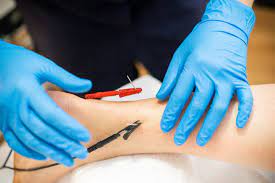Ankle Injury
Sprained ankles are a common sports injury....
Sprained ankles are one of the most common injuries suffered not only while playing sport, but also during common everyday activities. I have personally rolled my left ankle (but never my right) numerous times as a junior, not only during sport but also during such things like stepping off the edge of footpaths or on uneven surfaces. This is because sprained (or rolled/tweaked) ankles are likely to be re-injured if not managed correctly. In addition to this, other problems may arise elsewhere in the body as a result of changes in ankle mobility and biomechanics. Your osteopath can help avoid these effects through ankle rehabilitation and treatment.
Most ankle sprains are “inversion” sprains, where the foot rolls inwards under the body. This can often result in swelling and bruising under the bony prominence on the outside of the ankle. Bleeding at the damaged ankle ligaments leads to bruising, while swelling is the body’s way of immobilizing the damaged area. Most people will follow the RICE principle (Rest, Ice, Compression, Elevation) in the first 24-48 hours, but this is often a premature end to their recovery. As damaged ligaments don’t return to their original tightness and an increase in ankle laxity makes another inversion sprain more likely if not rehabilitated properly.
While inversion sprains may become more likely with increased joint laxity, other planes of movement can become restricted. Dorsiflexion is the ankle movement involving the foot bending up towards the shin, and this will often become restricted after an ankle sprain. This can affect the way that you run, jump or squat which, and in turn can lead to biomechanical changes causing extra stress on other parts of the body such as the knees, hips and lower back. This extra stress can lead to other injuries in the long-term, and so it is a good idea to have your osteopath address these issues as early as possible.
Your osteopath may employ rehab exercises involving mobility, strengthening and balance at the ankle to help muscle strength around the joint as well as improve your proprioception (your brain’s ability to sense joint position) and avoid future injury. Preventative strategies may also include taping or bracing ankles for extra protection, which your osteopath can discuss with you. I still tape both ankles during my basketball, but I have only had one ankle injury (by landing on a person’s foot after jumping) in the past 10 years after having completed appropriate ankle rehab.
If you feel that your ankles are giving you trouble in your sporting endeavors or everyday life, come see us at Kardinia Osteopathic Clinic.
Liam McInerney
Osteopath
